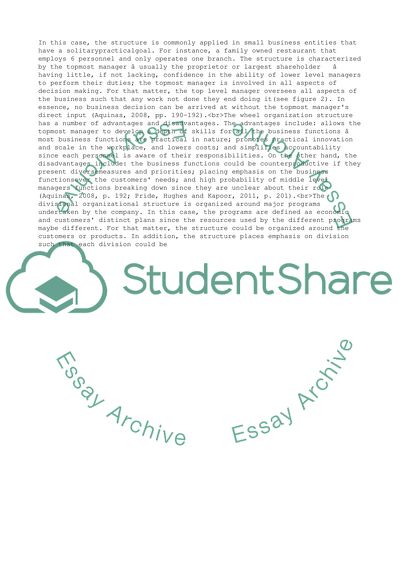Cite this document
(“Exporting Spanish Jamon to the UK and all over the world Coursework”, n.d.)
Exporting Spanish Jamon to the UK and all over the world Coursework. Retrieved from https://studentshare.org/management/1651792-exporting-spanish-jamon-to-the-uk-and-all-over-the-world
Exporting Spanish Jamon to the UK and all over the world Coursework. Retrieved from https://studentshare.org/management/1651792-exporting-spanish-jamon-to-the-uk-and-all-over-the-world
(Exporting Spanish Jamon to the UK and All over the World Coursework)
Exporting Spanish Jamon to the UK and All over the World Coursework. https://studentshare.org/management/1651792-exporting-spanish-jamon-to-the-uk-and-all-over-the-world.
Exporting Spanish Jamon to the UK and All over the World Coursework. https://studentshare.org/management/1651792-exporting-spanish-jamon-to-the-uk-and-all-over-the-world.
“Exporting Spanish Jamon to the UK and All over the World Coursework”, n.d. https://studentshare.org/management/1651792-exporting-spanish-jamon-to-the-uk-and-all-over-the-world.


